Canada has some of the largest freshwater bodies globally. The Great Bear Lake, located in the North West Territories, is the largest lake in Canada. Covering 31,153 square kilometres, this body of clean, fish-filled water is home to rich Indigenous history. Great Bear Lake attracts nature buffs and adventurers to explore unspoiled terrain, from ice fishing and kayaking to seeing the Northern Lights. A remote location, this destination gives visitors a rare and memorable experience amidst Canada’s rugged outlands.
Quick Details About The Largest Lake In Canada
Location: Northwest Territories, Canada
Area: 31,153 sq. km (largest lake in Canada)
Depth: Maximum 446 meters
Type: Glacial lake
Primary Inflow: Dease River
Primary Outflow: Great Bear River (flows into Mackenzie River)
Location
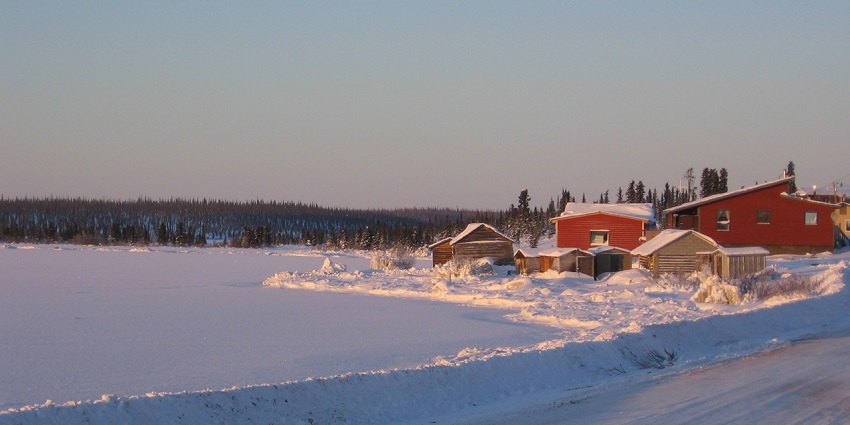
Photo: mattcatpurple / Wikimedia Commons
Great Bear Lake, in the Northwest Territories, Canada, is located close to the Deline community on the lake’s west bank. The Mackenzie Highway (Highway 1) south provides access to Fort Simpson, with seasonal winter roads to Deline. The Great Bear River, which flows west, links the lake and the Mackenzie River. Deline Solar Project, Sahtu Renewable Resources Board office and Deline Health Centre are close by to serve the residents. The region is remote and surrounded by thick forests and Arctic tundra.
How To Reach
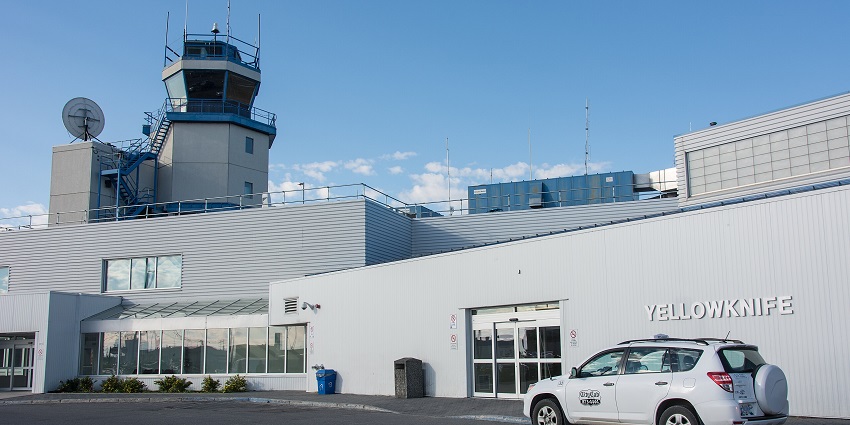
Photo: Gordon Leggett / Wikimedia Commons
By Air: The easiest way to access the largest lake in Canada is by plane. Fly into Yellowknife Airport (YZF) and then by charter to Deline Airport (YWJ), the nearest community to the lake.
By Rail: There are no rail services directly to the largest lake in Canada. The nearest railhead is in Hay River, Northwest Territories, where you can drive in or charter a flight.
By Road: The lake is accessible only via Mackenzie Highway and seasonal winter roads from Fort Simpson. 4×4 vehicles are recommended, which are defined for rough terrain.
Things To Do In The Largest Lake In Canada
From fishing to exploring the community, these are the best things to do in the largest lake in Canada:
1. Do Trout Fishing

Photo: Lsuff / Wikimedia Commons / Image For Representation Only
Great Bear Lake is a fisherman’s paradise, famous for its record-breaking lake trout. Experience the Smith Arm, famous for its deep waters rich with fish. Guided fishing tours led by seasoned local anglers take you to some of the best spots. Use spoons for trolling or cast jigs for big catches. The region is also home to abundant Arctic grayling and northern pike. Plummer’s Arctic Lodge offers all-inclusive fishing packages that include gear and boats. Fishing season lasts from mid-June to late August, with the best trophy opportunities in July.
2. View Northern Lights

Photo: Mark Gunn / Wikimedia Commons / Image For Representation Only
Witness an amazing display of Aurora Borealis over the clear waters of the Dease Arm. The largest lake in Canada is in such a remote location in the absence of light pollution. This is one of the top places in Canada to view the Northern Lights. The lights can be seen from late August through April, although their peak visibility is in the fall months. Opt for the Northern Lights boat tour to see the sky dancing through the glass-like surface of the lake. Deline Lodge has local guides offering 3 hour nighttime excursions, including hot drinks and photography. Take care to bundle up as the overnight temperatures fall even during early autumn.
Places To Visit Around The Largest Lake In Canada
After your excursion to the largest lake in Canada, visit the following places nearby to elevate the experiences during your tour:
1. Deline Cultural Centre
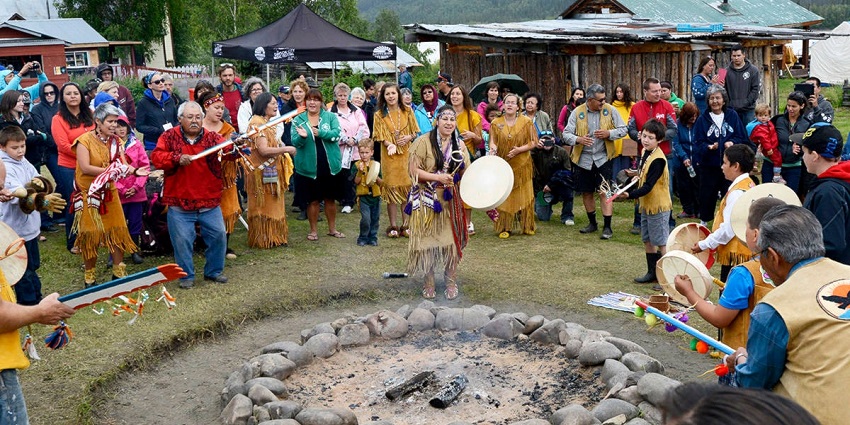
Photo: Estabiano / Wikimedia Commons / Image For Representation Only
The Deline Cultural Centre is your opportunity to learn about the traditions of the Sahtú Dene people. Inside, you can see displays of handmade moosehide garments, caribou bone tools and Dene drums. Join workshops for beadwork and traditional fishing net-making. At storytelling events every Friday, elders share local legends, including the myth of Yamoria. For spiritual reflection, the centre hosts a sacred prayer circle. It is next to the Deline Band Office, overlooking the Great Bear River.
Entry Fees: $10 / ₹860, with guided tours costing around $30 / ₹2,600
2. Great Bear River
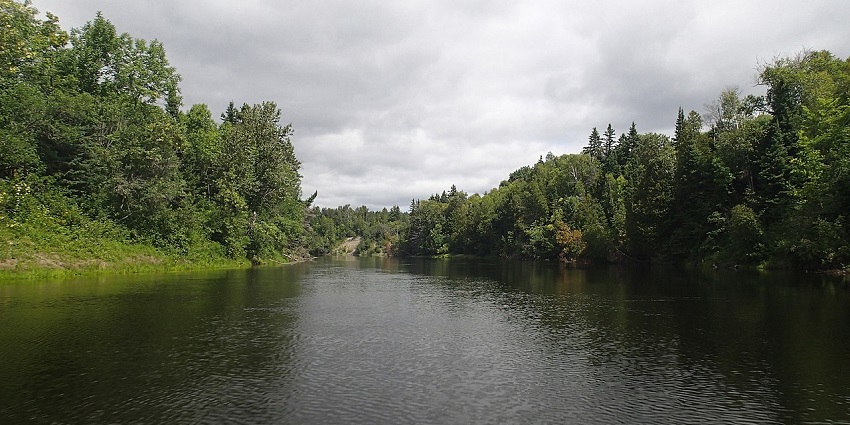
Photo: norgo / Wikimedia Commons / Image For Representation Only
The crystal-clear waters of the Great Bear River drains into the Mackenzie River. Anglers can reel in trophy-sized fish, particularly in June. You can canoe on the river to watch bald eagles, otters and moose along the banks. In winter, the river freezes, a popular route for dog sledding and snowmobiling. There are picnic tables, a small boat dock and rest areas. It is near Mackenzie River ferry dock, from Deline and is accessible throughout the year.
Entry Fees: Free, half-day guided fishing tours for $150 / ₹13,000
3. Fort Franklin Historic Site
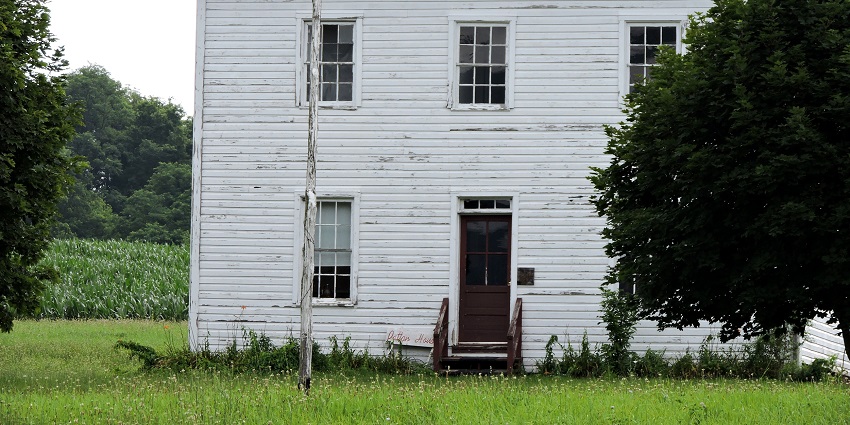
Photo: lcm1863 / Wikimedia Commons / Image For Representation Only
The Fort Franklin Historic Site celebrates Sir John Franklin’s 1825 Arctic Expedition, who wintered here while mapping northern Canada. Informational panels are set up on the site, and displays showcase recovered artefacts such as cooking implements and hunting gear. See the Dene-built log shelter, a replica of Franklin’s quarters. In March, the site holds the annual Franklin Memorial Gathering, where traditional Dene drumming and dances are performed. It is next to the Deline Cemetery, which has graves of expedition members.
Entry Fees: Free, guided tours costing around $20 / ₹1,730
4. Sahtu Renewable Resources Board Interpretive Trail
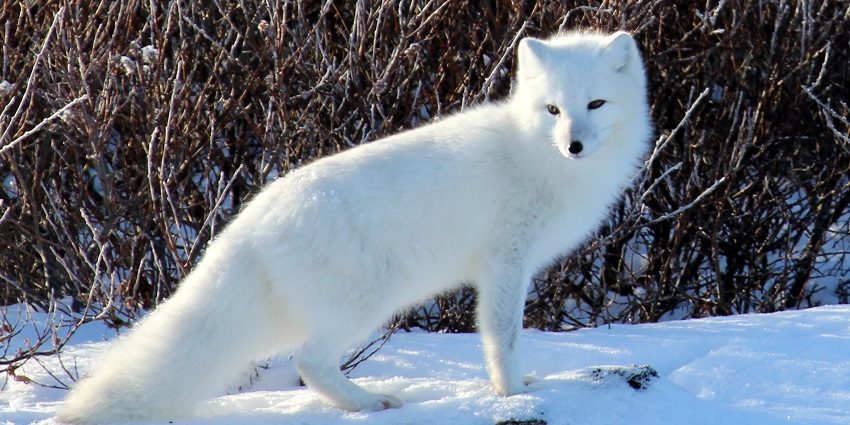
Photo: Emma / Wikimedia Commons / Image For Representation Only
This 2-km nature trail, maintained by the Sahtu Renewable Resources Board, educates people about local wildlife conservation measures. Along the way, signs describe the ecological roles of species such as muskox, Arctic foxes and peregrine falcons. The trail leads to a wildlife observation deck overlooking a small marsh where caribou herds gather in spring. Birdwatchers can see elusive species like the yellow-billed loon. The spring migration from May to June is the best time to see wildlife.
Entry Fees: Free, occasional guided nature walks for $25 / ₹2,170
5. Johnny Hoe Fishery Camp
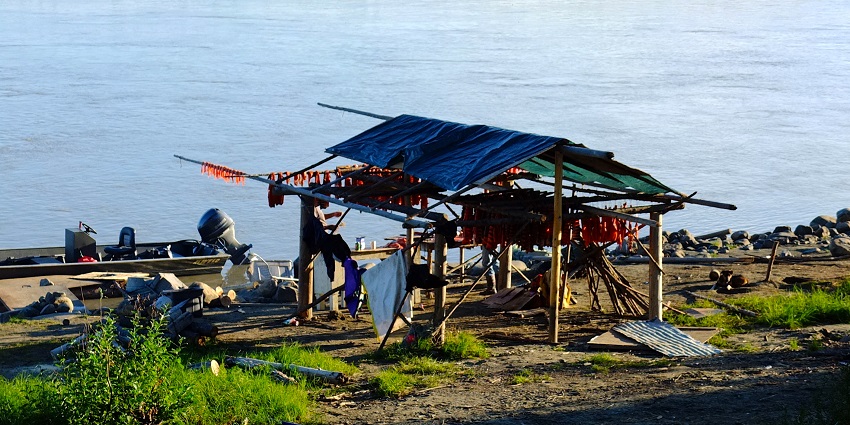
Photo: Joseph / Wikimedia Commons / Image For Representation Only
At Johnny Hoe Fishery Camp, a traditional Dene fishing site, you can experience net fishing and fish smoking firsthand. Learn the entire process in a fish preparation workshop and help with the cleaning, filleting and smoking of lake trout. The camp also gives lessons on how to make Dene-style fish traps. Catch a fish meal with bannock by the campfire. With boat access in summer, the best time to visit is from June to August.
Entry Fees: NA
Where To Stay

Photo: Yellowstone National Park / Wikimedia Commons / Image For Representation Only
Plummer’s Arctic Lodge is a premier lodge near the largest lake in Canada, providing inclusive packages that include lodging, meals and guided fishing trips. The lodge offers private cabins, each with its own bathroom and a view of the lake. There is also the Deline Lodge, a community-run guesthouse with modest, comfortable rooms. Budget travellers can check in to the Deline Bed and Breakfast, where you have a solid B&B stay. Most lodgings offer transportation from Deline Airport, with the lake being easy to access.
Where To Eat
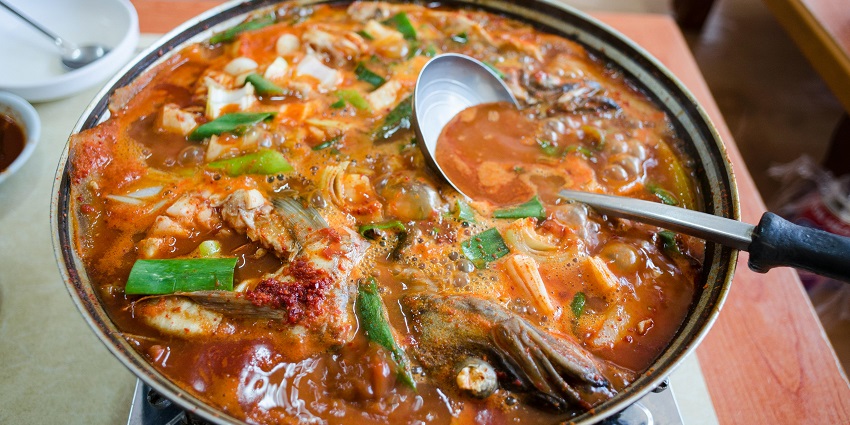
Photo: makafood / Pexels / Image For Representation Only
Dining around the largest lake in Canada is sparse but interesting. The on-site Deline Lodge Restaurant produces robust Northern fare, such as freshly caught trout, Arctic char and bannock. Their fish stew is a local speciality. For a more casual choice, head to Sahtu Deli, where you can find grilled fish sandwiches, caribou burgers and homemade soups. They also sell lunches to pack for fishermen. At Plummer’s Arctic Lodge, packages include gourmet meals like pan-seared lake trout with wild berry sauce.
Other Factors To Consider
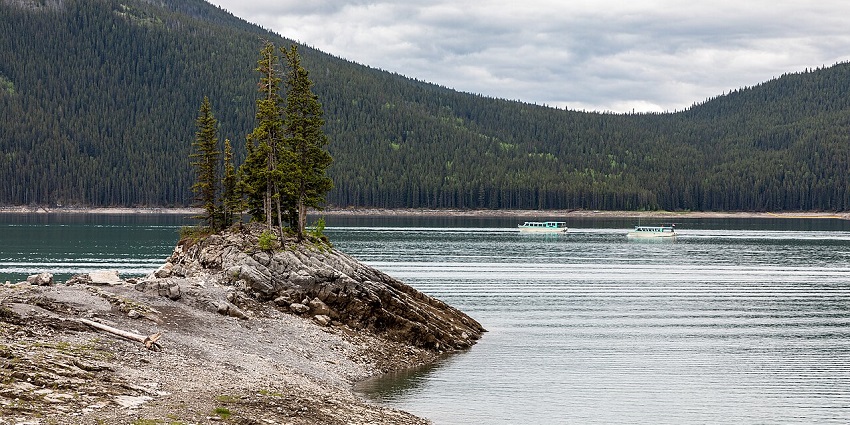
Photo: Dietmar Rabich / Wikimedia Commons / Image For Representation Only
June to August is the best time of the year to visit the largest lake in Canada, when fishing and boating conditions are also at their best. For the northern lights, late August to October are ideal months for clear nights. Winter, from December to March, is the best time for dog sledding and ice fishing, but temperatures can fall below -30°C.
Average Cost Of The Trip
A week-long tour typically runs around $6,000 – $7,000 / ₹5,21,600 – ₹6,08,600 per person. Staying at Plummer’s Arctic Lodge can cost you about $5,495 / ₹4,77,80 (meals and tours included). A round-trip flight from Yellowknife to Deline is approximately $500 / ₹43,400.
Tips For Travellers
- Secure flight and lodge packages in advance, as they tend to sell out.
- In summer, carry thermal clothing and insect repellent.
- Respect the Dene cultural sites and the culture in general.
- Always ask before taking photos.
- Carry cash with you since there are a few ATMs in Deline.
Great Bear Lake, the largest lake in Canada, is where the natural beauty of the land meets its Indigenous culture and outdoor adventure. From world-class fishing and Northern Lights viewing to connecting with the Sahtú Dene, hardly any experience goes the same way. Stepping off the beaten path, even in the roadless backcountry, is a rewarding journey of vast wilderness and local traditions. Plan your visit with TripXL to this memorable destination.
Cover Photo: mattcatpurple / Wikimedia Commons


 WhatsApp
WhatsApp
 Twitter
Twitter









